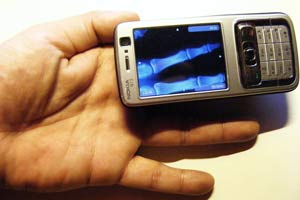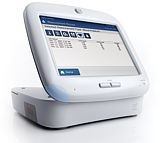 The announcement that Google Health was being discontinued shouldn't be a surprise. In March the Wall Street Journal reported that once Larry Page took over the CEO role at Google he would be looking to cut projects:
The announcement that Google Health was being discontinued shouldn't be a surprise. In March the Wall Street Journal reported that once Larry Page took over the CEO role at Google he would be looking to cut projects:
Some managers believe Mr. Page will eliminate or downgrade projects he doesn't believe are worthwhile, freeing up employees to work on more important initiatives, these people said. One project expected to get less support is Google Health, which lets people store medical records and other health data on Google's servers, said people familiar with the matter.
There have been a number of retrospectives written today already, most concerned with the future of PHRs. For example:
- Google Health: Why It's Ending & What It Means
- Now that Google Health is dead, what did we learn about PHRs? That engagement and messaging is what matters.
- RIP Google Health
It just goes to show you that being a pioneer does not guarantee long-term success. Microsoft HealthVault has done a much better job with device integration than Google Health did. There are many other factors that will determine the viability of PHRs in general though. Adoption by the general population and a revenue model to support growth are just a few.
UPDATE (6/25/11): Mr. HIStalk's take is the lead in Monday Morning Update 6/27/11. Two quotable statements:
Why did Google Health fail? Simple and obvious: consumer demand for personal health records is close to zero, which has always been the case and probably always will be.
Probably true.
Google predictably did what its know-it-all technology company predecessors have done over the years: dipped an arrogant and half-assed toe into the health IT waters; roused a loud rabble of shrieking fanboy bloggers and reporters...
OK, but how do you really feel?
Seriously though, I think Google's foray in the Healthcare space was no different then how they approach any other market: "If we build it, they will come." If they don't come, we pull the plug. Google has a graveyard full of products that suffered the same fate.
UPDATE (6/26/11): Some more:
- Google Health Creator Adam Bosworth On Why It Failed: “It’s Not Social”
- Yes, thanks --- we've heard about Google Health
- Google Health is dead, HealthVault Indivo win
- Why Google Health Really Failed—It’s About The Money
- What Should We Make of Google Health’s Failure?
- 10 Reasons why Google Health failed
UPDATE (7/1/11):





